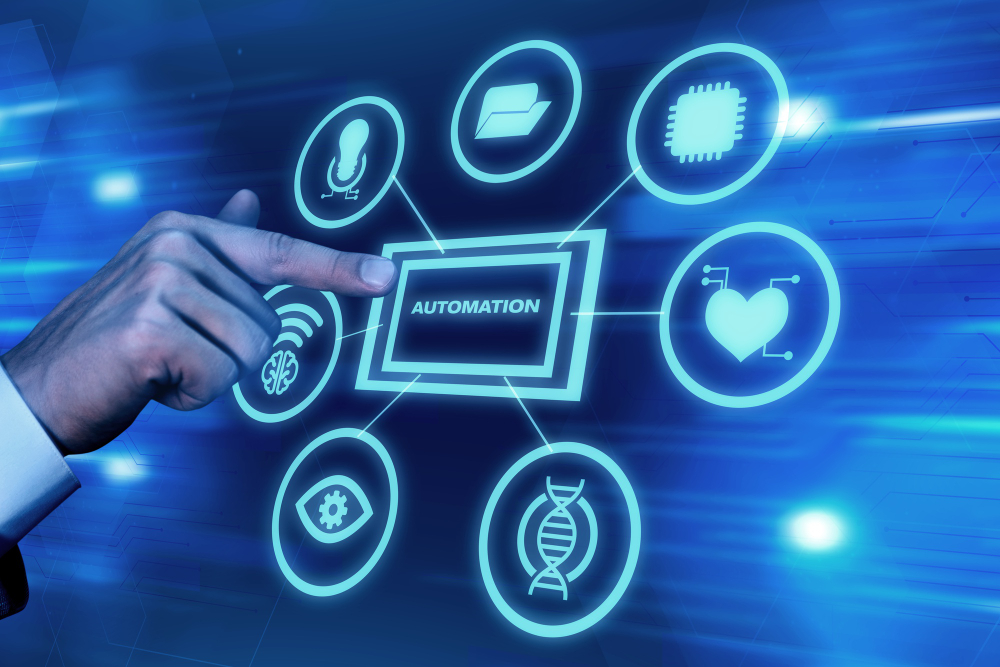Cracked AI vs Traditional AI: Key Differences
Artificial Intelligence (AI) is no longer just a buzzword—it has become a driving force behind almost every industry. From healthcare to finance, education to entertainment, AI has transformed the way organizations work and how individuals live their daily lives. However, a new term has started gaining attention in recent years: Cracked AI. Many people wonder how it differs from traditional AI and whether it offers advantages, risks, or both. To fully understand the role of Cracked AI, it’s important to compare it with traditional AI models and explore their key differences.
Understanding Traditional AI
Traditional AI refers to structured artificial intelligence systems that are built, trained, and deployed by organizations under regulated environments. These AI models rely on large sets of data, advanced algorithms, and cloud computing power to deliver outcomes such as predictions, automation, and decision-making.
For instance, when you use voice assistants like Siri or Alexa, the recommendations on Netflix, or fraud detection systems in banks, you are interacting with traditional AI. These systems are carefully developed, tested, and optimized to ensure reliability and accuracy. Traditional AI is designed to comply with laws, ethical standards, and data privacy regulations.
What is Cracked AI?
Cracked AI, on the other hand, is a term used to describe modified or unofficial versions of AI tools and platforms. Just like cracked versions of software, Cracked AI bypasses restrictions, premium features, or licensing costs. These versions are often used by individuals or businesses looking for advanced AI functionalities without paying for official access.
For example, if a company cannot afford premium enterprise-level AI software, they might look for a cracked version of it. While this gives them access to advanced features, it also introduces risks such as security vulnerabilities, lack of updates, and potential legal consequences.
Cracked AI may also refer to AI systems that are repurposed or altered to perform tasks beyond their intended scope. Unlike traditional AI, which is monitored and regulated, Cracked AI often operates in unregulated spaces.
Key Differences Between Cracked AI and Traditional AI
1. Accessibility and Cost
Traditional AI usually requires significant investment in licenses, infrastructure, and expertise. Companies spend millions to adopt AI at scale. Cracked AI, however, makes advanced AI tools accessible at little to no cost, making it attractive to smaller businesses and individuals with limited budgets.
2. Security and Reliability
Traditional AI systems are secure and regularly updated to patch vulnerabilities. They undergo rigorous testing before being released to users. Cracked AI lacks these protections. Since it is an unauthorized version, it often comes with security risks such as malware, data leaks, or system instability.
3. Ethical and Legal Concerns
Traditional AI complies with ethical guidelines, data privacy laws, and intellectual property rights. Cracked AI, however, operates outside these boundaries. Using cracked versions of AI software may violate intellectual property rights and raise serious ethical concerns.
4. Performance and Support
Traditional AI tools come with customer support, regular updates, and advanced documentation to ensure smooth operation. Cracked AI lacks official support, leaving users to troubleshoot issues on their own. While it may initially seem powerful, it can quickly become unreliable.
5. Innovation and Future Growth
Traditional AI is constantly evolving, with research teams and corporations investing heavily in innovation. Cracked AI, being a copy or modification, does not contribute to innovation. Instead, it depends on the progress of official AI tools, limiting its role in future technological growth.
Why Businesses Should Be Cautious
While Cracked AI may seem appealing due to its affordability and accessibility, it poses long-term risks. A company relying on cracked software might save costs initially but could face heavy losses due to data breaches, legal action, or compromised performance.
On the other hand, traditional AI, despite its higher costs, provides businesses with long-term stability, security, and credibility. It ensures compliance with legal frameworks, giving companies the confidence to scale their operations safely.
The Future of AI: Finding the Balance
The rise of Cracked AI highlights a growing demand for accessible artificial intelligence solutions. Many small businesses and startups are unable to afford premium AI tools, leading them to explore alternatives. This trend signals a need for AI companies to create more affordable, flexible pricing models to discourage reliance on cracked versions.
Traditional AI will continue to dominate industries due to its reliability, ethical compliance, and innovation potential. However, the popularity of Cracked AI serves as a reminder that the benefits of AI must be democratized. If official AI tools become more inclusive and affordable, the reliance on cracked alternatives may decline over time.
Conclusion
The debate between Cracked AI and Traditional AI ultimately comes down to cost, security, and long-term value. While Cracked AI may provide temporary access to advanced features, it lacks the stability, legality, and trust that traditional AI offers. For individuals and businesses aiming for sustainable growth, traditional AI remains the safer and more impactful choice.
Cracked AI, however, is an important sign of how much people want access to AI innovation. The future will likely bring more balance between affordability and security, ensuring AI remains accessible without compromising reliability.













